Scythe Kaze Flex 120 Review
Introduction
Scythes Kaze Flex fans seem to be the perfect example of a case fan. A ton of air and near unhearable noise. It's time to take a closer look at them and determine how good they actually are!
Positive
- Surprisingly good Noise-to-Performance ratio
- Near unhearable at all times
- Good Build-Quality
- Excellent Price-to-Performance
Neutral
- Molex adaptor in case you want to go back to BC
Negative
- Little to No Performance Overhead
What's in the Box?

Inside a regular Scythe Kaze Flex box, we will find a single Kaze Flex 120mm fan as well as some additional extras.
Instead of just including a set of Case Fan screws, Scythe went an extra step and made sure to include a 4-pin (actually 2-pin but fits perfectly fine) to Molex adaptor. Although we sincerely hope that nobody out there is still forced to use this adapter and that Scythe is just using the world's population as a free recycling center, we believe it to be great to provide the user with a second option. Additionally, as the fan is nearly unhearable at all speeds, letting it run over a Molex cable isn't as devastating of an experience compared to other fans.

Ignoring the healthy amount of Japan-Manga-inspired imagery all over the box, we can also find a short spec sheet that we summarized down below:
| Name | Scythe Kaze Flex II 120 |
| Size | 120x120x27mm (** The rubberized corner add 2mm) |
| Speed | <=1200RPM |
| Airflow | 51.17CFM |
| Static Pressure | 1.05mm/H2O |
| Noise | <14.5dBa |
| Connection | PWM |
| Bearing | Fluid Dynamic Bearing |
| RGB | Thankfully not |
Installation

Installing one or multiple Scythe Kaze Flex fans is nothing out of the ordinary. Included in the box we will find a set of case fan screws. After simply positioning the fan where we want it to be, we can screw it down with the screw going through the case's fan slots.

From there, we can use the 500mm long and nicely sleeved cable to connect the fan to a PWM header on the motherboard. Alternatively, you are also able to use the Molex adapter included in the box. In the latter case, we are sorry.
Appearance
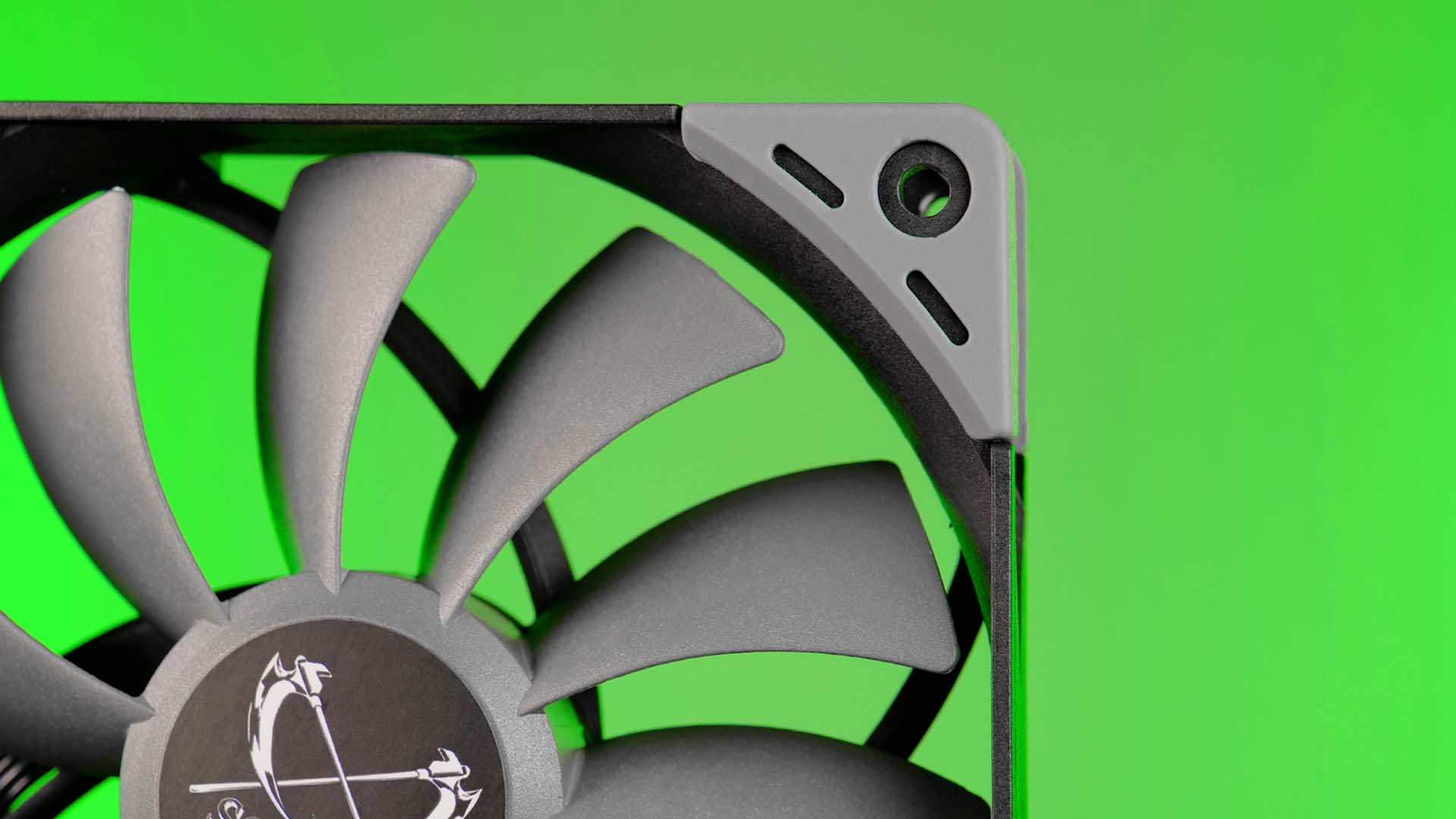
As usual, the appearance, or its interpretation is up to the buyer. For us, however, we believe the Kaze Flex series looks incredibly interesting. The Dark Grey- almost black fan frame paired with the iconic Scythe Grey wings and rubberized corners look incredibly interesting and create a very clean overall design.
The center of the fan is covered

Although the fan's design might be a variable that everyone has to declare for themselves, the fan's quality is not.
The Kaze's PWM cable is nicely braided and slightly above the quality level, we are used to. The fan's frame is also surprisingly sturdy and doesn't flex too much. However, a point that really surprised us is the Blade quality.

On a Kaze Flex fan, there are 11 slightly bent and short wings, nothing out of the ordinary for a case/airflow optimized fan. The quality of said blades, however, was surprising, to say the least. Trying to bent it immediately revealed that they are not going to give in. Although the material used is nothing out of the ordinary, there is a lot of hard work that has been put into this to make them as sturdy as they turned out to be.
Benchmark

We benchmarked the Kaze Flex fans on our usual test bench. Letting the Fans spin at their max 1200RPM, they managed to keep the CPU at 57°C above ambient. This places them just a degree behind similar Noctua NF-S12B and 5°C in front of S12A fans.
Compared to other fans in the same category such as the Asiahorse 9002, BitFenix Spectre, Gelid Stella, and even be quiet! Silent Wings 4 at 1600RPM, the Scythe Kaze Flex 120 Fans beat the crap out of them. A surprisingly good result for a fan that doesn't break the bank.

On the Noise-to-Performance side, the Kaze Flex fans were able to surprise us again.
Beating almost every other fan we have tested so far, their noise-to-performance ratio was outstandingly good, even beating things like an Arctic P12 ARGB or F120.
The only set they were unable to beat is BitFenix's Spectre SE ARGB kit.
However, do keep in mind that there is very limited performance overhead, something that quicker spinning fans like an Arctic P12 ARGB do have.

Conclusion
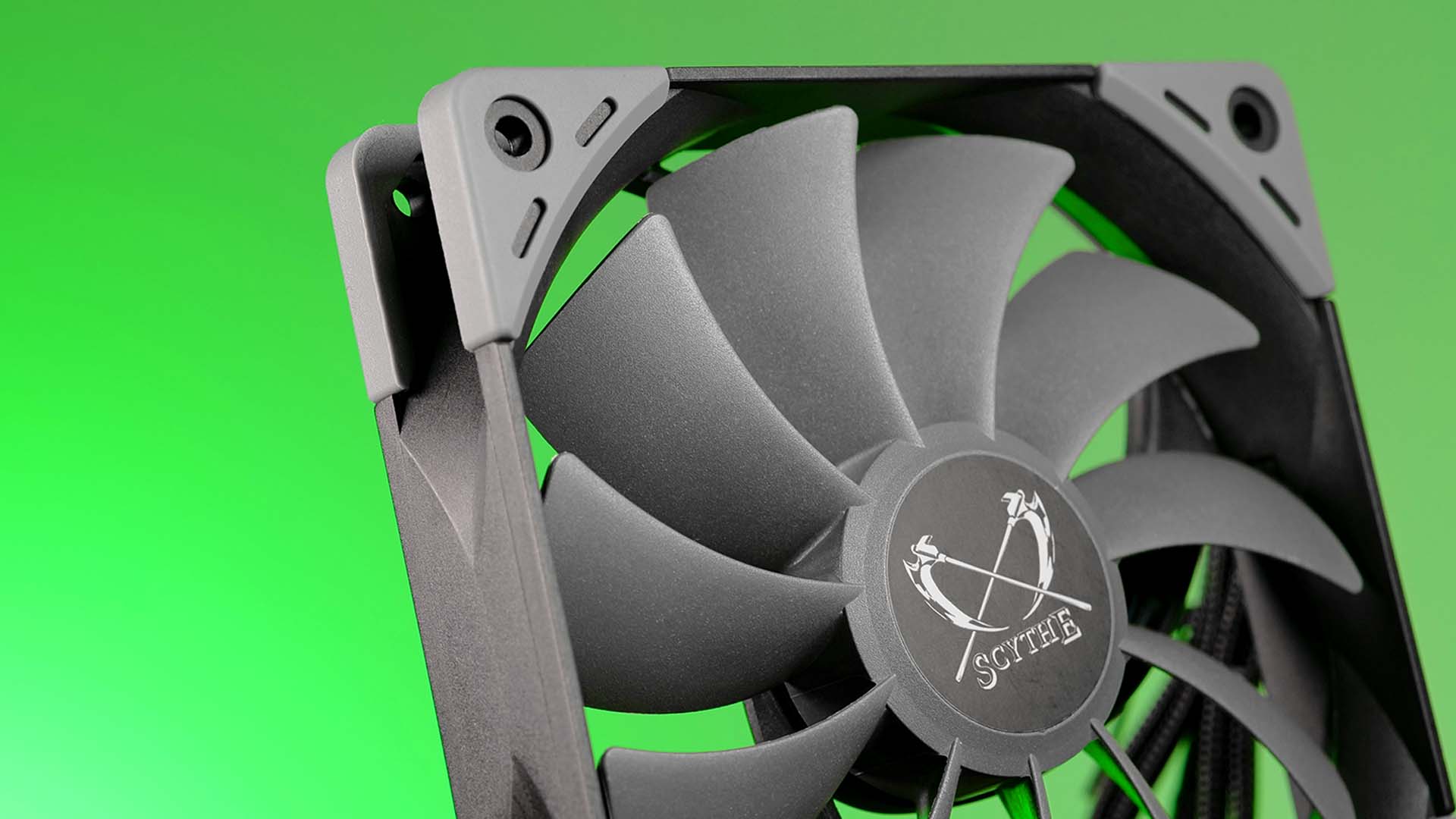
Looking back, the best word to describe our experience with the Scythe Kaze Flex 120mm is: Suprised.
Their quality is above what we've expected, the PWM cable is better than what we're used to, the overall frame and wing quality is definitely a positive aspect and the rubberized corners on both sides cover a lot more than the usual 10€ fan would.
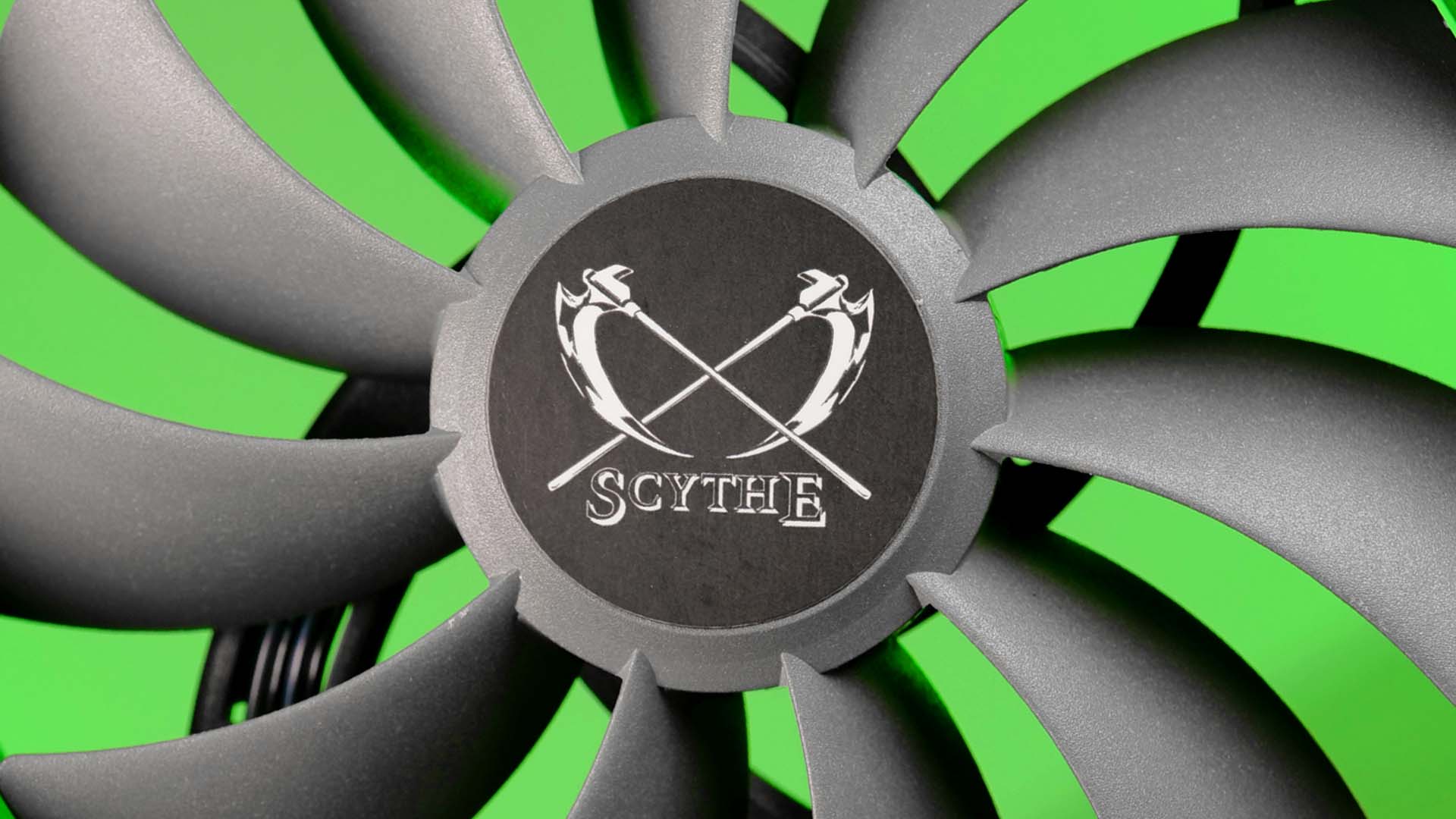
The design and look were also a positive aspect for us, instead of being just plain black, Scythe goes with a 2 color design that is still easily intergraded into any build and creates a fresh and clean look.

But the most important aspect for us is still performance. We were heavily surprised by the level of cooling that they were able to produce at such low speeds. Beating almost every other 120mm fan that we know of, some of them being a lot more expensive, their biggest selling point is the absolutely insane noise-to-performance ratio.
However, we do want to remind you that due to their very limited 1200RPM speed, there is just a negligible amount of performance overhead.
Therefore, we can absolutely recommend the Kaze Flex Fan, but we advise you to only choose it if you combine it with a high airflow case and a very good CPU cooler. If you start restricting the airflow path, or if the CPU cooler might require some "force" to work well, we would recommend looking for fans with bigger performance overhead.

But this point perfectly transitions into our "could have been better" section. Knowing that there is a Kaze Flex fan spinning it 2000RPM, we would love to see Scythe upgrade its PWM lineup by including a faster Spinning Kaze Flex PWM. Maybe 2000RPM might be too over-the-top, but a 1800RPM version would let the Kaze shine in the light it truly deserves.

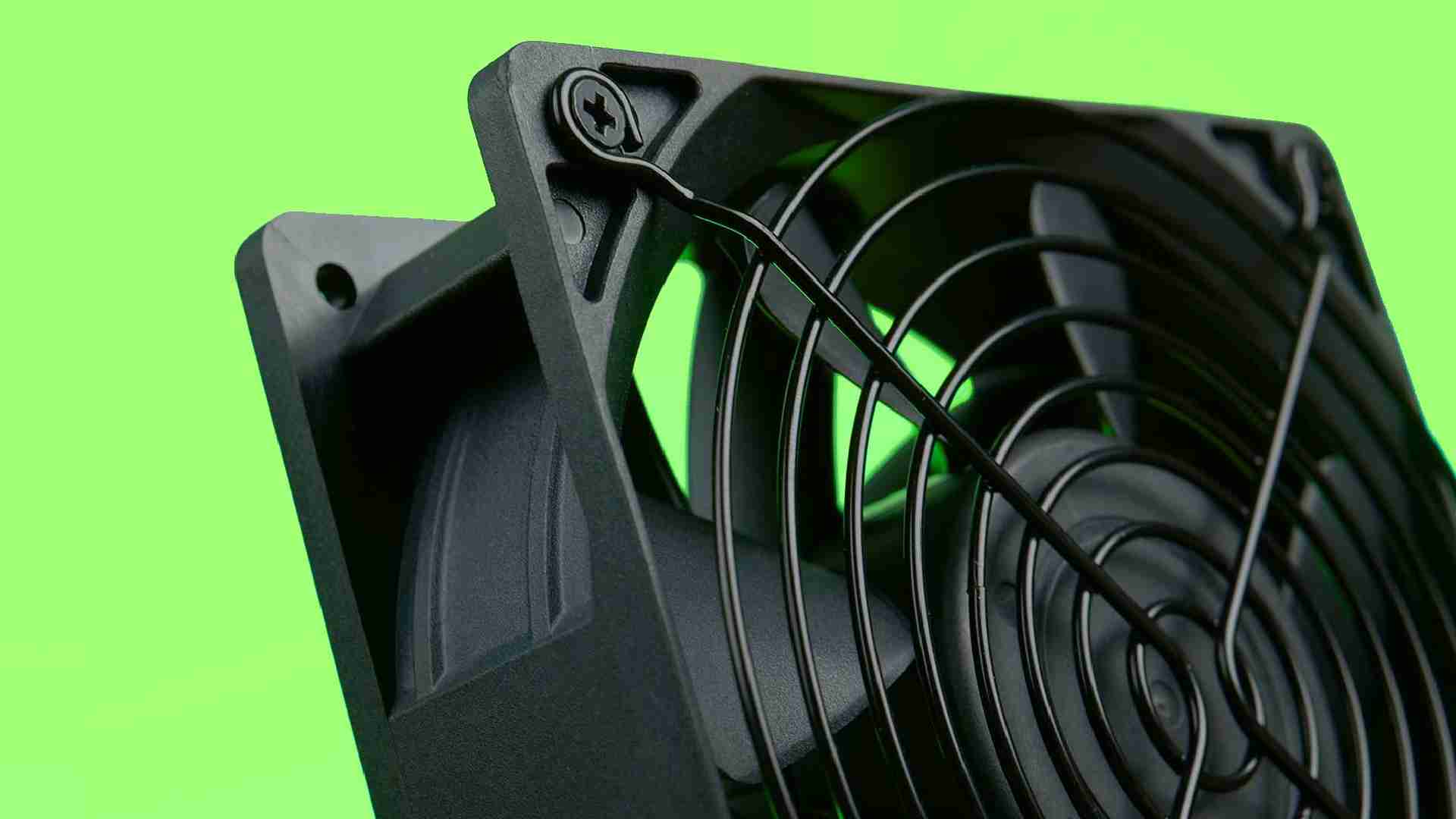
Gelid Gale Extreme Review
If you are looking for the most insane, most extreme, most powerful fan, this may be the perfect candidate for you! Spinning
Read More
Scythe Mugen 5 Rev. C Review
The Scythe Mugen 5 seems to be the ultimate cooler! Dual-tower-like performance in a surprisingly low build height. Added to
Read More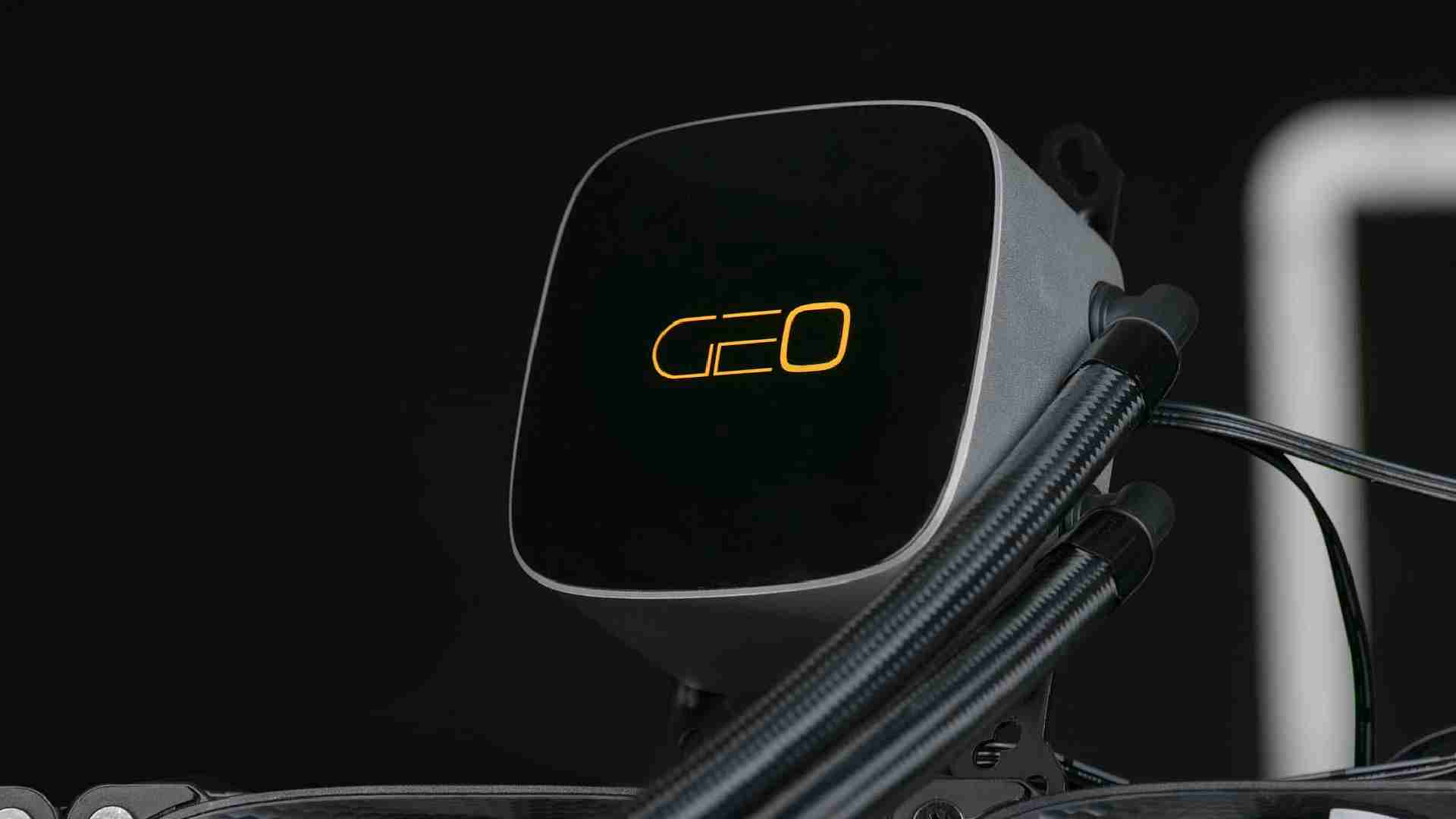
Geometric Future Eskimo Junior Neon 36
Geometric Future might not be the most represented company out there, but with the few products they have released so far, th
Read More
Arctic F14 Review
Arctic F12 or F14? 120mm or 140mm? Lets take a closer look at Arctics 140mm Case fan and determine if it is better than its 1
Read More